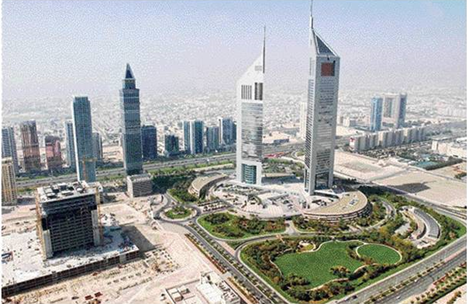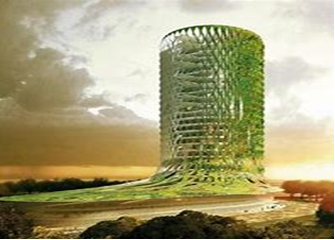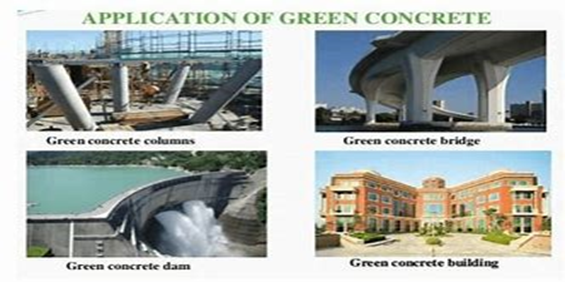
sustainable concrete
Department of General Sciences
College of Basic Education - University of Anbar
sustainable concrete
Sustainable concrete is known as a type of concrete, but some types of industrial waste or environmentally friendly materials are used in its production. These materials are used as a partial or complete substitute for cement and aggregates in concrete. Because of the increased use of concrete in the construction field, and the development of society, the demand for building materials increased, which caused a major drain on the resources of these materials. Considering that cement and aggregates are the main components of concrete, the large demand has caused a shortage of its resources. To compensate for this deficiency, an alternative must be found, and among these alternatives is the use of "sustainable concrete".
Reasons for using sustainable concrete:
1- Reducing the waste of natural resources:
The increase in demand for the construction industry in recent years has caused a great waste of resources, as well as the consumption of concrete has increased significantly. For this reason, sustainable concrete is the best alternative to reduce the waste of ordinary building materials.
2- Recycling of industrial waste :
Where large quantities of waste and waste are used in the production of this type of concrete, which leads to cleaning the surrounding environment from the effects of these wastes, which can be toxic.
3- Improving the properties of concrete
The use of these residues in accurate experimental proportions has improved some properties of concrete, as it gave much better results compared to concrete free of these materials at a low cost.

Some types of materials used in sustainable concrete
1- Bamboo:
It is a perennial herb that has great strength relative to its weight, which is greater than the strength of concrete and building blocks, and it lasts for a long time, but it needs a permanent treatment to resist insects and rot, as well as when it absorbs water, it can swell and crack.
2- cork
Cork is characterized by its great flexibility, excellent noise absorption, shock absorption, and it can also be used as a good thermal insulator.
3- Harvest the straw or its ashes
Straw ash can be used to reduce environmental impacts in concrete mixes, and straw harvested can also be placed in walls and roofs to contribute to improving the thermal insulation of buildings in summer and winter.
4- Recycled plastic:
Recycled plastic and other waste can be used to produce concrete, as this measure reduces greenhouse gas emissions as well as contributing to the reduction of plastic pollution.
5- sawdust
It is possible to use sawdust as a partial substitute for the volume of aggregate used in concrete, as the wood is characterized by its low density and good heat and sound insulation.
6- Some types of bacteria
One of the most important types of bacteria is Bacillus Pasteroii, where in the presence of water, this bacteria germinates by feeding on calcium lactate added to concrete and turning it into calcium carbonate (limestone). After the limestone hardens over time, the concrete will repair itself. With the help of these bacteria, the life span of the building can be increased to 200 years.

sustainable concrete uses
• Building bridges.
• Construction of buildings.
• Building columns and pillars.
• Road construction.
• Construction of dams and reservoirs.

Advantages of sustainable concrete
1- It has the same manufacturing steps as regular concrete.
2- It contributes significantly to reducing waste such as fly ash.
3- Reducing carbon dioxide emissions and reducing environmental pollution.
4- It has good resistance to heat and acids and has excellent sound insulation.
5- An excellent solution to the problems of recycling and disposal of the spaces required for the disposal of industrial waste materials.
6- It is good for block concrete works because it generates less heat when hydration reaction.
7- Improving the tensile and compressive strength of concrete depends on the type of recycled materials and additives.
8- Sustainable concrete reduces the consumption of cement and other natural resources.
9- Its production cost is low compared to traditional concrete.





.png)